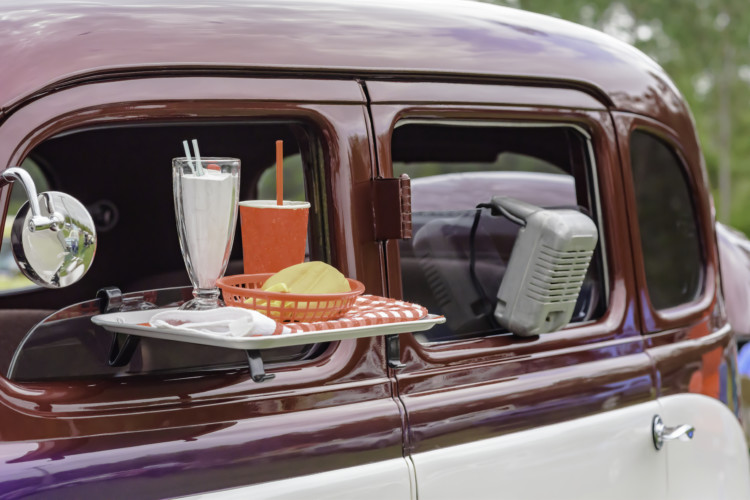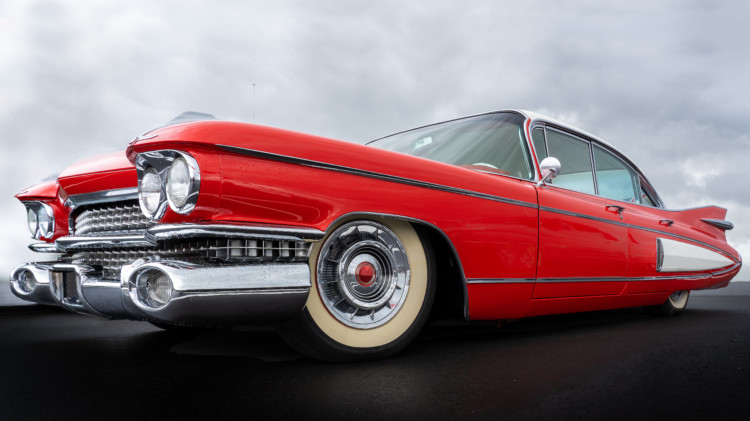 The classifieds are a great place to find a pet. Many pet owners and breeders use the classifieds to let others know their dog, cat, fish bird, turtle or snake needs a new home.
The classifieds are a great place to find a pet. Many pet owners and breeders use the classifieds to let others know their dog, cat, fish bird, turtle or snake needs a new home.
Look for Adult Pets
You can skip the house breaking puppy phase by buying an adult dog. When adult pets are sold, it is often because the owners are moving and can’t take the pet with them. This usually means the pet will come with its own toys, cage, or tank, even food. Also, ask for their vet’s contact info, so your vet can get your pet’s health information.
As long as you are reading the classifieds, it’s a good time to look for additional pet accessories. Hamster cages, dog kennels, and cat trees can all be found in usable condition. Just be sure to thoroughly clean any used items before giving them to your pet.
Find a Reputable Breeder
When using the classifieds to find a pet, check that the breeder is running a good operation where the animals are in good health and not living in filthy conditions or being bred too often.
You should try to visit the seller personally, if possible, once you have made contact. You may then pick your pet from the available litter. The pets should look well-cared for, comfortable, happy and healthy. The seller should be able to confidently answer any questions you have about the pet and give you advice regarding care and feeding.
In the case of dogs and cats, the one or both parents will be on the premises. Bird eggs can be incubated, but look for a breeding pair to be present. Expect a health certificate to come with your new pet.
Watch Out for Scammers
Beware of any scams where you are asked for shipping address or asked to send money by wire transfer. If anything does not feel right, then end the conversation. Contact our HelpDesk if you find something suspicious.
Ease the Transition for a Happier Pet
Prepare the home of the pet in advance and buy the necessary feed, cage or accessories. Give the pet time to settle down for a few days and do not stress it out with too much attention and too many people crowding round.
Decide carefully about the pet you are going to add to your family based on the time, budget, space you have available and considering your lifestyle and the needs of your family. If you have little time then buy a hamster, fish, bird or similar pet that requires little care. A dog and cat need more interaction and grooming than other small animals. The pet should be safe around children, if you have any, though you should always supervise any play as young children can be unintentionally too rough with the pet.
Always follow the breeder’s instructions regarding feeding and other habits. If you notice that your pet is behaving in an unusual way or is not eating regularly then you should seek veterinary advice.
 WE now have 3 different time slots to help minimize the crowd and to practice social distancing. Please select the time that your prefer. Masks are required. We have a supply in case you need one. Guest will be required to wear a face masks and gloves will be provided. If an item is touched, but not purchased, we ask guests to place the item on a table to be sanitized.
WE now have 3 different time slots to help minimize the crowd and to practice social distancing. Please select the time that your prefer. Masks are required. We have a supply in case you need one. Guest will be required to wear a face masks and gloves will be provided. If an item is touched, but not purchased, we ask guests to place the item on a table to be sanitized.
 Once you have closed on your home, there are a couple items you will need sooner than you can say housewarming party. Rather than wait, get these essential items right away. If any are already there, you should replace them.
Once you have closed on your home, there are a couple items you will need sooner than you can say housewarming party. Rather than wait, get these essential items right away. If any are already there, you should replace them.
 The classifieds are a great place to find a pet. Many pet owners and breeders use the classifieds to let others know their dog, cat, fish bird, turtle or snake needs a new home.
The classifieds are a great place to find a pet. Many pet owners and breeders use the classifieds to let others know their dog, cat, fish bird, turtle or snake needs a new home.
 Great, vintage, collectible or downright old car? How would you know the distinction, and exactly when does a more seasoned vehicle become an amazingly classic vehicle? For the most part it depends upon who you ask: various vehicle clubs, collectors, countries, and insurance agencies have different methods of deciding whether a vehicle qualifies as a classic car. The essential attributes of a classic vehicle are age, condition and uniqueness among different vehicles.
Great, vintage, collectible or downright old car? How would you know the distinction, and exactly when does a more seasoned vehicle become an amazingly classic vehicle? For the most part it depends upon who you ask: various vehicle clubs, collectors, countries, and insurance agencies have different methods of deciding whether a vehicle qualifies as a classic car. The essential attributes of a classic vehicle are age, condition and uniqueness among different vehicles.
 Come visit the world’s second largest collection of art by Salvador Dalí in St Petersburg, Florida. The museum has been open since 1982 and houses over 2,000 of his works. The building itself is a work of art, with massive bubble-like skylights and wall-lights.
Come visit the world’s second largest collection of art by Salvador Dalí in St Petersburg, Florida. The museum has been open since 1982 and houses over 2,000 of his works. The building itself is a work of art, with massive bubble-like skylights and wall-lights.
 The best time to prepare your personal emergency plan and make sure it is up to date is before you need it. This doesn’t have to be complicated. Here are some easy ways to be prepared for the next hurricane:
The best time to prepare your personal emergency plan and make sure it is up to date is before you need it. This doesn’t have to be complicated. Here are some easy ways to be prepared for the next hurricane: